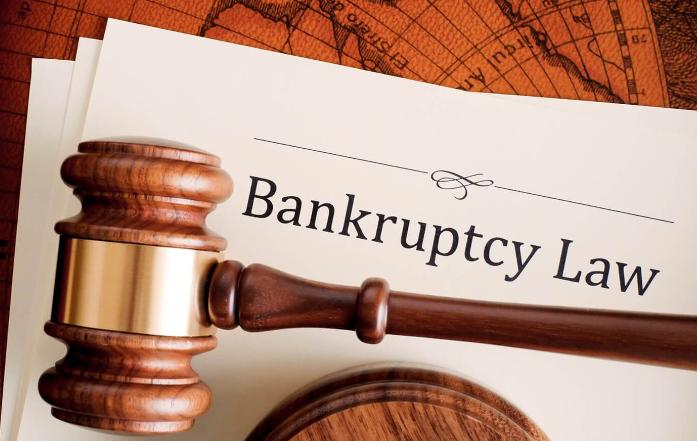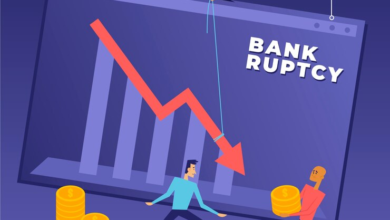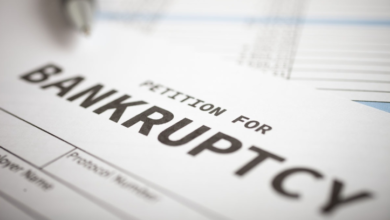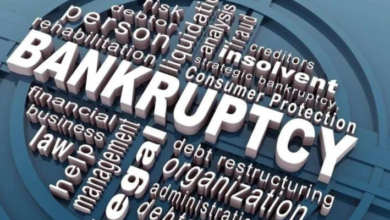What is Fulcrum Biomass Bankruptcy?

The unfolding story of Fulcrum Biomass Bankruptcy highlights the complexities and challenges within the biomass industry. The world is increasingly turning to renewable energy sources, and biomass has garnered significant attention as a viable option. Yet, even in this green sector, challenges abound. A major player in the biomass industry recently filed for bankruptcy—Fulcrum Biomass. This unexpected turn of events raises questions about the future of biomass energy and its role in combating climate change.
As we delve into the complexities surrounding Fulcrum Biomass’s financial struggles, it’s essential to understand what biomass really is and why it matters. Join us on this journey as we explore the implications of this bankruptcy on both the environment and economy while also examining potential alternatives that could shape our energy landscape moving forward.
Understanding Biomass and its Benefits
Biomass is organic material derived from plants and animals. It includes everything from wood to agricultural crops, and even waste products. This renewable energy source can be converted into electricity, heat, or biofuels.
Using biomass has several benefits. First, it reduces reliance on fossil fuels. By harnessing natural materials for energy production, we can cut down greenhouse gas emissions significantly.
Another advantage lies in waste management. Biomass recycling transforms leftover materials into valuable resources instead of letting them contribute to landfill overflow.
Additionally, biomass supports local economies by creating jobs in agriculture and manufacturing sectors. Farmers benefit by selling their surplus crops while industries flourish through the processing of these materials.
Harnessing the power of biomass not only promotes sustainability but also encourages innovative solutions for a greener future.
What is Fulcrum Biomass?
Fulcrum Biomass is a pioneering company focused on transforming municipal solid waste into renewable energy. Founded in Nevada, it has been at the forefront of biomass technology, aiming to create sustainable solutions for waste management.
The company’s primary goal is to reduce landfill reliance by converting organic waste into useful biofuels. This process not only generates energy but also helps mitigate greenhouse gas emissions.
One notable project is Fulcrum’s Sierra BioFuels Plant located near Reno. It represents a significant investment in renewable resources and demonstrates how innovation can tackle environmental challenges.
By leveraging advanced technologies, Fulcrum Biomass strives to contribute positively to both local economies and global sustainability efforts. Their vision aligns with growing demands for cleaner energy sources while addressing pressing issues related to waste disposal.
Bankruptcy in the Biomass Industry
The biomass industry has faced significant challenges in recent years. Many companies, despite their potential, have struggled to find financial stability. The high costs of production and fluctuating market demand have played a crucial role.
Bankruptcy filings within this sector are not uncommon. Companies often grapple with the balance between innovation and economic viability. As renewable energy gains traction, investors expect profitable returns more than ever.
Moreover, regulatory hurdles can complicate operations further. Compliance with environmental standards demands investment that some firms simply cannot afford.
This turbulence affects job security for many workers involved in biomass projects. It also creates uncertainty for communities relying on these businesses as economic anchors.
As the landscape evolves, understanding these dynamics becomes essential for stakeholders looking to navigate the complexities of this vital industry.
Reasons for Fulcrum Biomass Bankruptcy
Fulcrum Biomass faced several challenges that ultimately led to its bankruptcy. One major factor was the high operational costs associated with biomass production. These expenses often exceeded revenue, making it difficult for the company to stay afloat.
Another critical issue was the fluctuating market demand for biomass energy. As renewable energy sources evolved, competition increased from other forms of green technology. This shift left Fulcrum struggling to secure consistent contracts and partnerships.
Regulatory hurdles also played a significant role in their decline. Navigating complex environmental regulations required substantial resources and time, diverting attention from core operations.
Funding constraints hampered growth initiatives. Investors became wary due to previous financial losses, limiting access to necessary capital for expansion or innovation within their processes. Each of these factors contributed significantly to the unfortunate fate of Fulcrum Biomass.
Impact on the Environment and Economy
The bankruptcy of Fulcrum Biomass raises concerns about both the environment and the economy. As a company focused on converting waste into renewable energy, its closure could mean reduced investment in sustainable practices. This setback might slow progress toward cleaner energy sources.
Moreover, local economies that relied on Fulcrum’s operations may face job losses and diminished economic activity. The ripple effect could affect suppliers and contractors who supported their projects.
Environmental benefits that came from biomass processing are now uncertain. Reduced capacity for waste management could lead to more landfill use and increased greenhouse gas emissions. Communities seeking greener alternatives will find fewer resources available.
Investment in innovative technologies is crucial for future sustainability efforts. As these challenges unfold, there lies an opportunity for other players in the industry to step up and fill the void left by Fulcrum’s departure.
Alternatives to Fulcrum Biomass
When considering alternatives to Fulcrum Biomass, several innovative solutions come to mind. Various companies are exploring advanced waste-to-energy technologies that convert organic materials into valuable energy sources.
Another option is the rising popularity of anaerobic digestion. This process transforms agricultural and food waste into biogas, which can be used for heating or electricity generation.
Moreover, community-based solar projects are gaining traction. These initiatives allow neighborhoods to harness solar energy collectively, reducing reliance on biomass fuels while promoting sustainability.
Additionally, geothermal energy presents a viable alternative. By tapping into the Earth’s natural heat, it provides a steady and reliable power source without emissions associated with traditional biomass methods.
Investing in electric vehicles also reduces dependence on biofuels altogether. With an expanding charging infrastructure and advancements in battery technology, this option continues to grow more accessible and sustainable for consumers.
The Future of Biomass Energy
The future of biomass energy holds promising potential. As technology advances, the efficiency of conversion processes improves. This means more energy can be extracted from organic materials.
Innovative practices are emerging in waste management. By repurposing agricultural and forestry residues, we can reduce landfill use while generating renewable energy.
Moreover, governmental support is increasing for sustainable practices. Incentives and regulations drive investment into cleaner sources of power.
Research continues to explore advanced biofuels that could replace fossil fuels completely. This shift not only helps mitigate climate change but also supports local economies through job creation.
With growing awareness around environmental issues, public sentiment is shifting towards greener alternatives. Biomass stands to play a crucial role in a balanced renewable energy portfolio for the future, complementing other sources like wind and solar as part of an integrated approach to sustainability.
Conclusion
As we navigate through these changes, it becomes clear that while setbacks may occur, they also pave the way for innovation and new approaches. The push for sustainable energy solutions continues to be a priority.
As the landscape evolves, embracing change can offer opportunities not just for companies but also for communities and our planet as a whole. The commitment to finding viable paths in renewable energy is crucial now more than ever.



